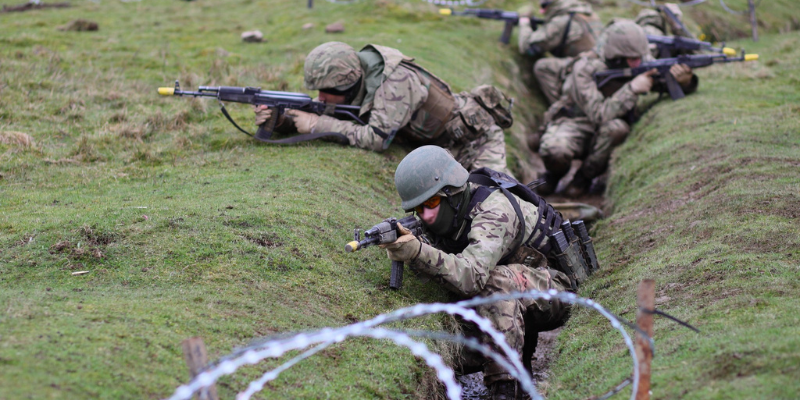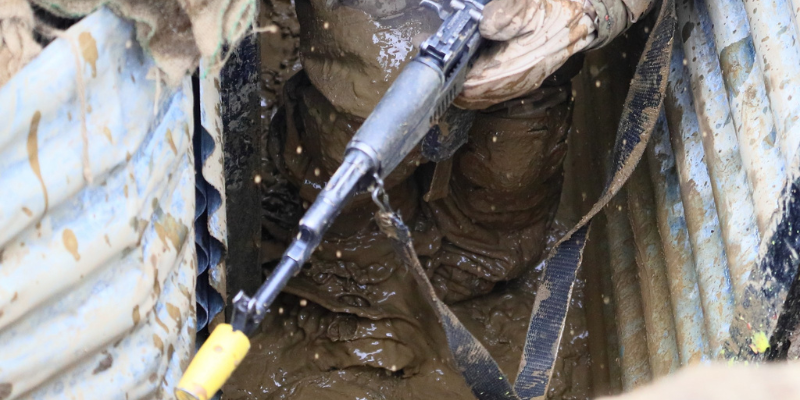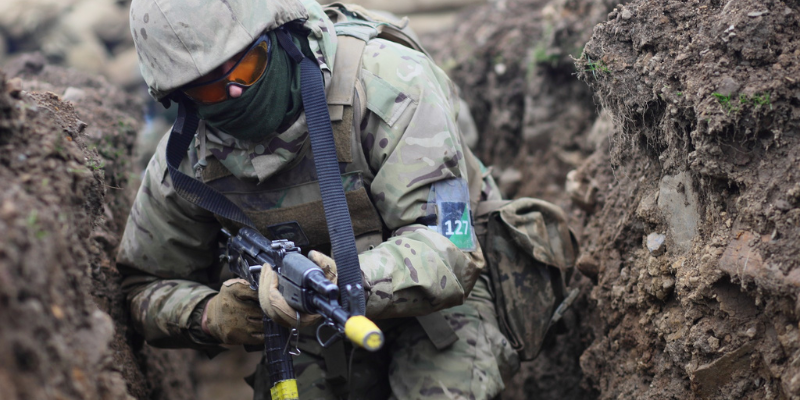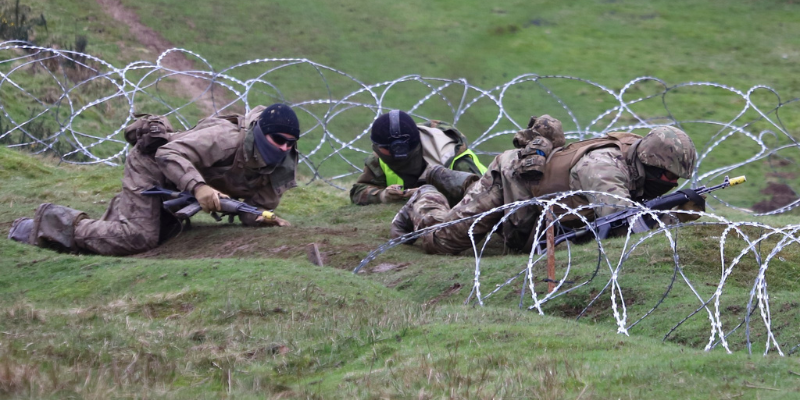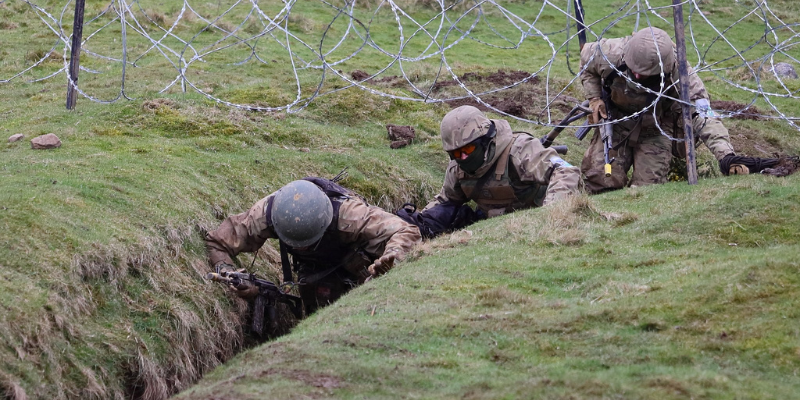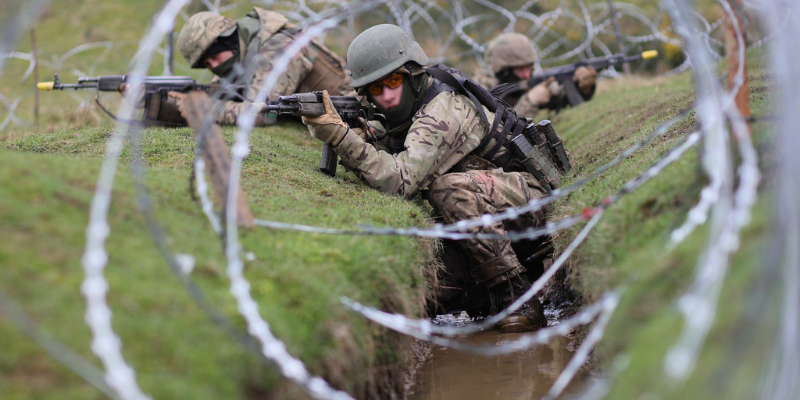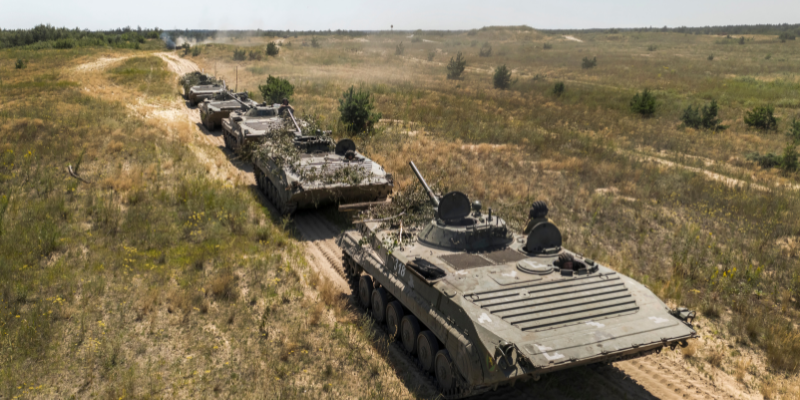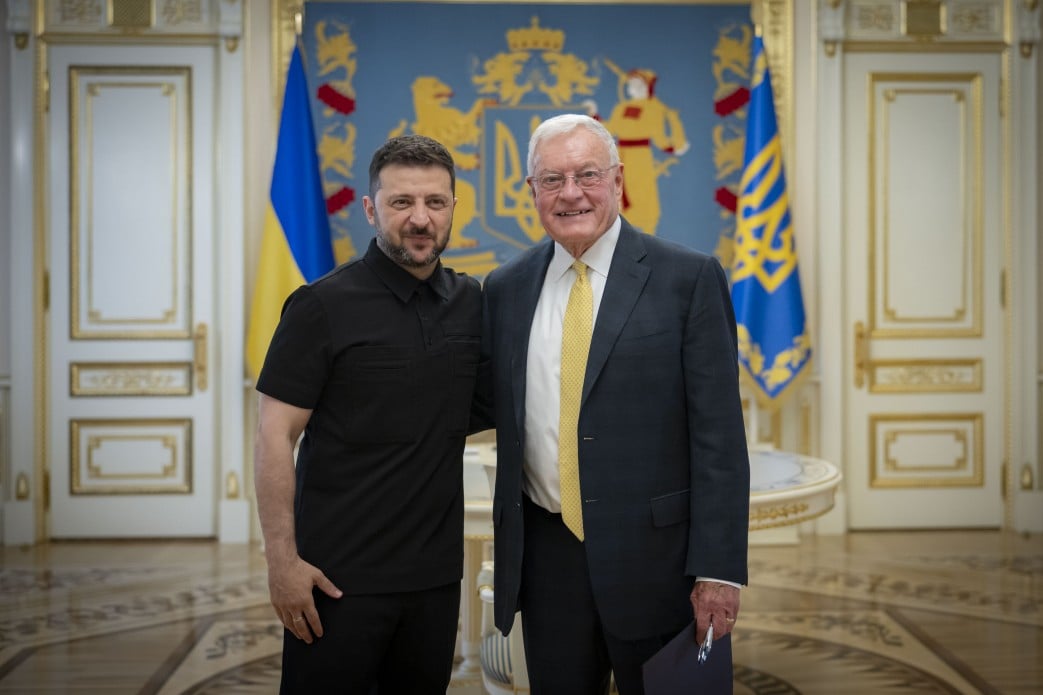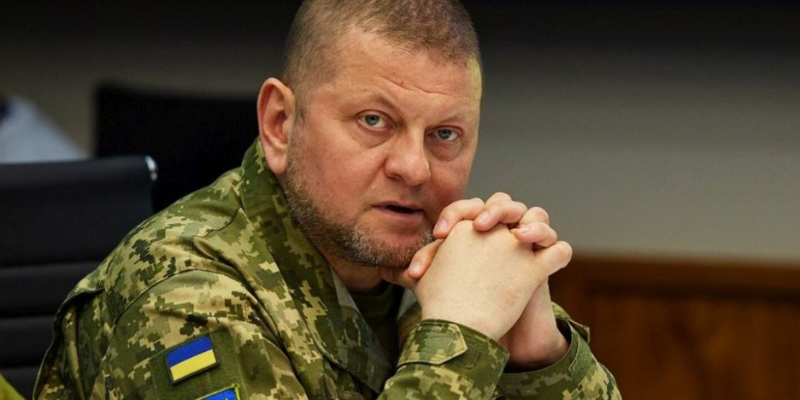Kyiv Forensic Expertise Institute assesses Russia's cutting-edge Zircon missile
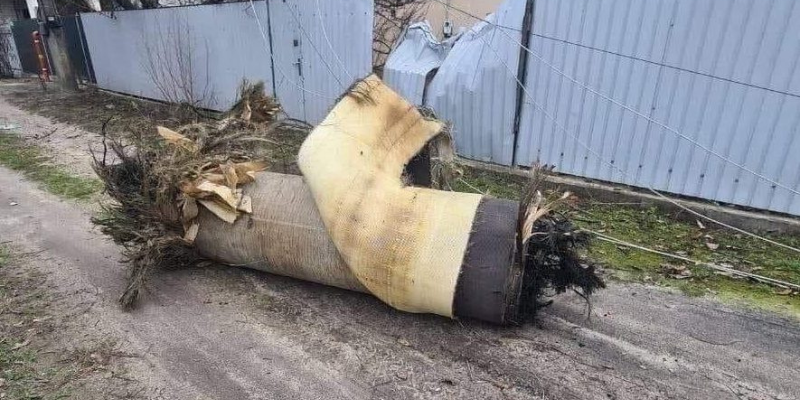
The Kyiv Scientific Research Institute of Forensic Expertise has evaluated Russia’s Zircon missiles, which were used in attacks on Kyiv.
According to Andrii Kulchytskyi, the Head of the Military Research Laboratory, the Zircon missiles do not meet the requirements for combat missions. He states that the missiles do not fulfill their intended purpose and do not fly in the correct direction. Kulchytskyi dismisses claims of the missiles having “super” or “hyper” characteristics, stating that they are merely words and not reflected in reality.
He also comments on the warhead of the Zircon missile, mentioning that it contains no more than 40 kilograms of explosives, making it much smaller than other missiles such as X-101 and X-22. The Kyiv Scientific Research Institute of Forensic Expertise is currently conducting examinations to determine the composition of the warhead.
SOURCESymbolic number of the Day
The 38th UN report on the human rights situation in Ukraine reveals that during the period from December 1, 2023 to February 29, 2024, 32 Ukrainian prisoners of war were executed by the occupiers. This is a significant increase compared to previous periods. The report is based on interviews conducted with 60 Ukrainian fighters who were recently released from captivity. These fighters described the horrific treatment they experienced, including torture, beatings, electroshocks, and threats of execution. More than half of the prisoners also reported sexual violence. The report confirms that the Russian army continues to use torture, ill-treatment, and inhumane conditions of detention. It further mentions allegations of the execution of 32 Ukrainian prisoners of war and accounts of torture or ill-treatment by Russian forces.
SOURCEWar in Pictures
Norwegian instructors from the National Guard are conducting classes in positional combat as part of the Ukrainian Basic Military Training Program in the UK. The training focuses on preparing recruits for trench warfare, including capturing and holding positions. The goal is to provide Ukrainian fighters, many of whom have little or no military experience, with the skills necessary to defend Ukraine. The Norwegian instructors are working alongside other training teams from partner countries in the large-scale exercise, which aims to enhance the security and capabilities of the Ukrainian Armed Forces on the frontlines. This training program is part of Norway’s ongoing support for Ukraine in response to Russia’s continuous violations of international law.
SOURCEVideo of the Day
The aerial reconnaissance of the 1st Marine Battalion discovered the location and confirmed the existence of a hostile Russian command observation post on the temporarily occupied territory of the Left Bank of Ukraine. After that, Ukrainian artillery fired on the command post. This is stated in the official statement of the 1st Marine Battalion.
SOURCEISW report

Belarusian President Alexander Lukashenko said that the Crocus City Hall attackers originally fled toward Belarus not Ukraine, directly undermining the Kremlin narrative on Ukraine’s involvement, possibly to head off questions about why the attackers headed toward Belarus in the first place. During a visit to Belarus’ northwestern Ashmyany raion on March 26, Lukashenko reported that the Crocus City Hall attackers may have been planning to escape Russia’s Bryansk Oblast to Belarus, but that Belarus introduced a heightened security regime that forced the attackers to change course towards the Russia-Ukraine border.
Lukashenko stated that the attackers “couldn’t enter Belarus” and praised high levels of cooperation between Russian and Belarusian special services for leading to the attackers’ arrests. Lukashenko’s suggestion that the attackers were heading towards Belarus before Belarusian and Russian special services forced them to change direction flatly contradicts Russian President Vladimir Putin’s claims regarding the attackers’ planned escape. Putin addressed the Russian Federation on March 23 following the March 22 Crocus City Hall terror attack and claimed that the attackers had “contacts” who had prepared a “window” for their exfiltration across the border into Ukraine, a claim for which there is no evidence that has become central to the Kremlin’s baseless accusations that Ukraine was involved in or responsible for the attack.
Geolocated footage from March 23 shows Russian personnel capturing the four attackers in a forest area along the E101 highway about 20 kilometers southeast of Bryansk City, Bryansk Oblast. The geolocated place of capture is about 95 kilometers from the Ukrainian border at the closest point, or 130 kilometers from where the E101 crosses into Ukraine. This point is notably about 124 kilometers from the Belarusian border, and about 25 kilometers away from the A-240 highway that runs to Gomel, Belarus. Lukashenko’s statement about the activation of Belarusian personnel suggests a scenario in which the attackers were initially traveling along the A-240 highway towards Belarus but saw roadblocks or other deterrents and shifted their course east through forest roads to the E101 route.
Lukashenko has very little evident incentive to lie about the facts of the attack in this way. The suggestion that the attackers were traveling towards Belarus, presumably to seek refuge there, could have damaging political consequences for Lukashenko and his regime as it would raise questions about why they thought they would be safer in Belarus and who they thought might receive them there. Lukashenko may therefore have desired to preempt discussions about the attackers’ hypothetical links to Belarus by saying that Belarusian forces were instrumental in leading to their arrests. While Lukashenko’s claim subverts the standing Kremlin narrative, it reduces his vulnerability to Kremlin efforts to use non-public information about the attackers’ original escape plans to pressure him in the future.
SOURCEWar heroes
Sergeant Volodymyr Karvatskyi, with the call sign Architect, died on November 22, 2023, near the village of Robotyne, Zaporizhzhia Oblast. While performing a combat mission, he evacuated a wounded fighters-in-arms, but was mortally wounded himself. The defender was 50 years old.
Volodymyr Volodymyrovych was born in Tlumach, Ivano-Frankivsk Oblast. In 1990, he graduated from a local school. He worked as a master in the maintenance of printing machines at the Otto Hans printing house. He was fond of sports and was a candidate for master of sports in freestyle wrestling. In his free time, he liked to go fishing with his son.
During the full-scale Russian invasion, on April 28, 2022, the man joined the ranks of the defenders. He served in the 65th separate mechanized brigade of the Armed Forces of Ukraine. He was awarded the Cossack Cross for his military merits.
“Volodymyr was a family man, the best husband, father, son, brother. He was a man with a smile, a positive person, a philosopher. He was fond of crafts and fishing with his son, for whom he was the best example of a man,” said the deceased’s wife.
The Hero was buried in his hometown. He is survived by his wife Victoria, son Vladyslav, family and friends.
*Volodymyr’s story on the Heroes Memorial – a platform for stories about the fallen defenders of Ukraine.
SOURCELatest news
- Slovenia to join Czech ammunition initiative for Ukraine
- Bloomberg: Macron seeking to convince Lula on Ukraine during Brazil trip
- French minister: Paris to soon deliver 78 Caesar howitzers, increase shell supplies to Ukraine
- In Sevastopol, occupiers trying to protect bay from attacks of Defense Forces
- Ukraine can shoot down Tsirkon missiles with SAMP/T, Patriot systems
- Armored Vehicle Coalition for Ukraine launched in Poland
